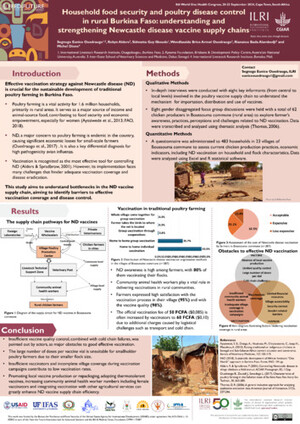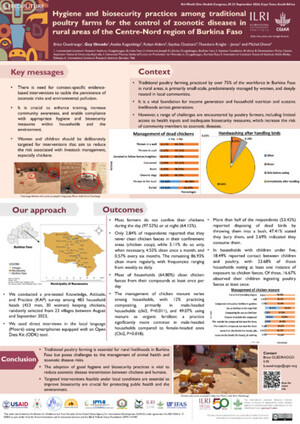
Are smallholders willing to pay for animal disease control? Empirical evidence from a study of mass vaccination for avian influenza in Indonesia
Abstract
A household survey to determine decision-making on adoption of highly pathogenic avian influenza (HPAI) control strategies was conducted together with a cost-effectiveness analysis of mass vaccination activities for poultry in Indonesia. The results can provide guidance in designing appropriate mechanisms to enhance acceptance of a mass vaccination program for backyard poultry. Results suggest that the cost of the mass vaccination was much higher than what its target beneficiaries—the backyard poultry sector—are willing to pay. While there are economic incentives like increased poultry sales, particularly in native chicken markets, these were not the case in smaller flock sizes. Household adoption decisions are also influenced to a great extent by their subjective perception of uncertainty—in this case, the risk of disease outbreak from AI virus infection.
Citation
Lapar, M.L., Nuryartono, N., Toan, N.N., Rafani, I., Bett, B., McLaws, M., Unger, F., Schoonman, L., Jost, C. and Mariner, J. 2012. Are smallholders willing to pay for animal disease control? Empirical evidence from a study of mass vaccination for avian influenza in Indonesia. Asian Journal of Agriculture and Development 9(3): 74.










